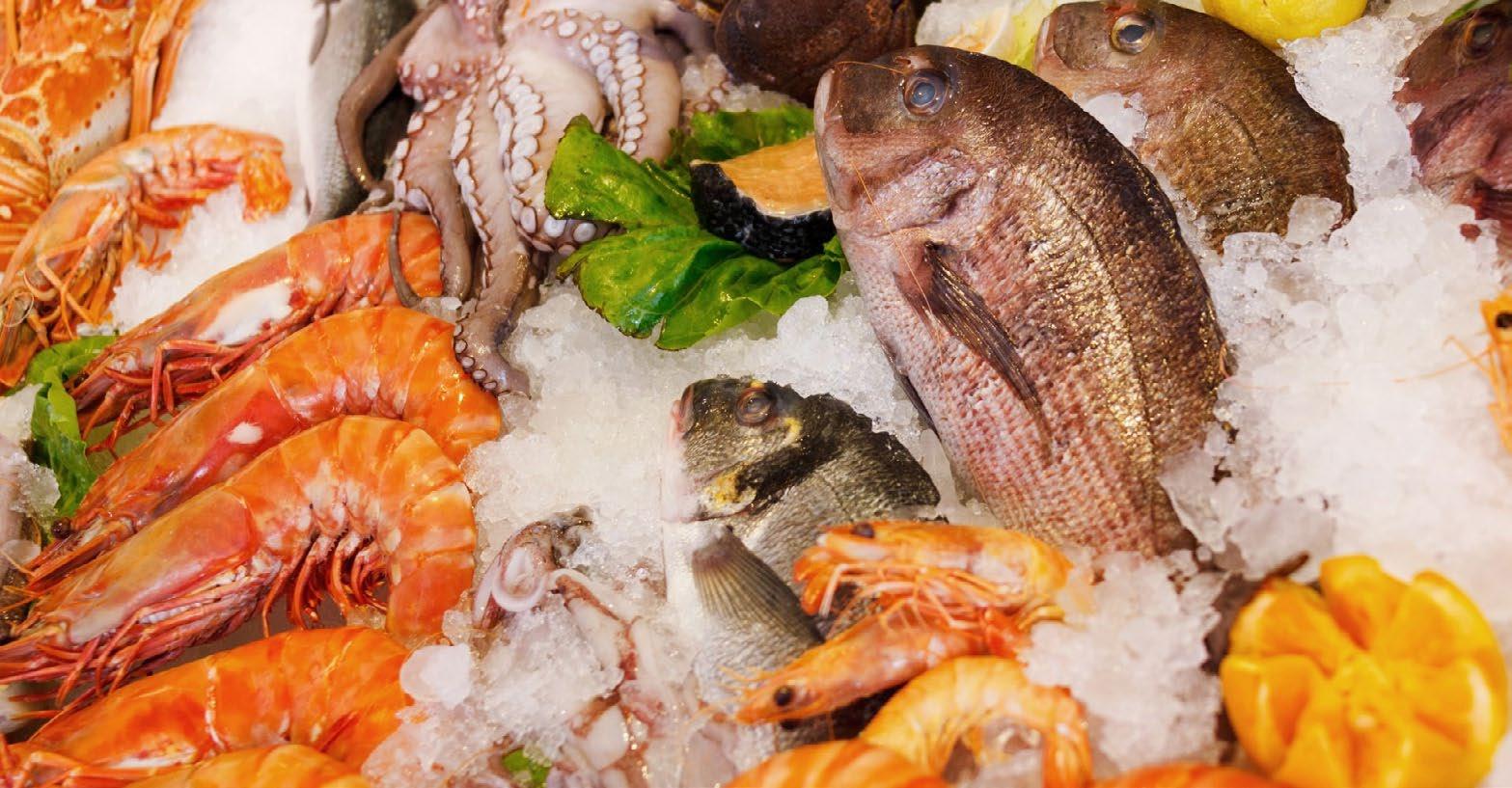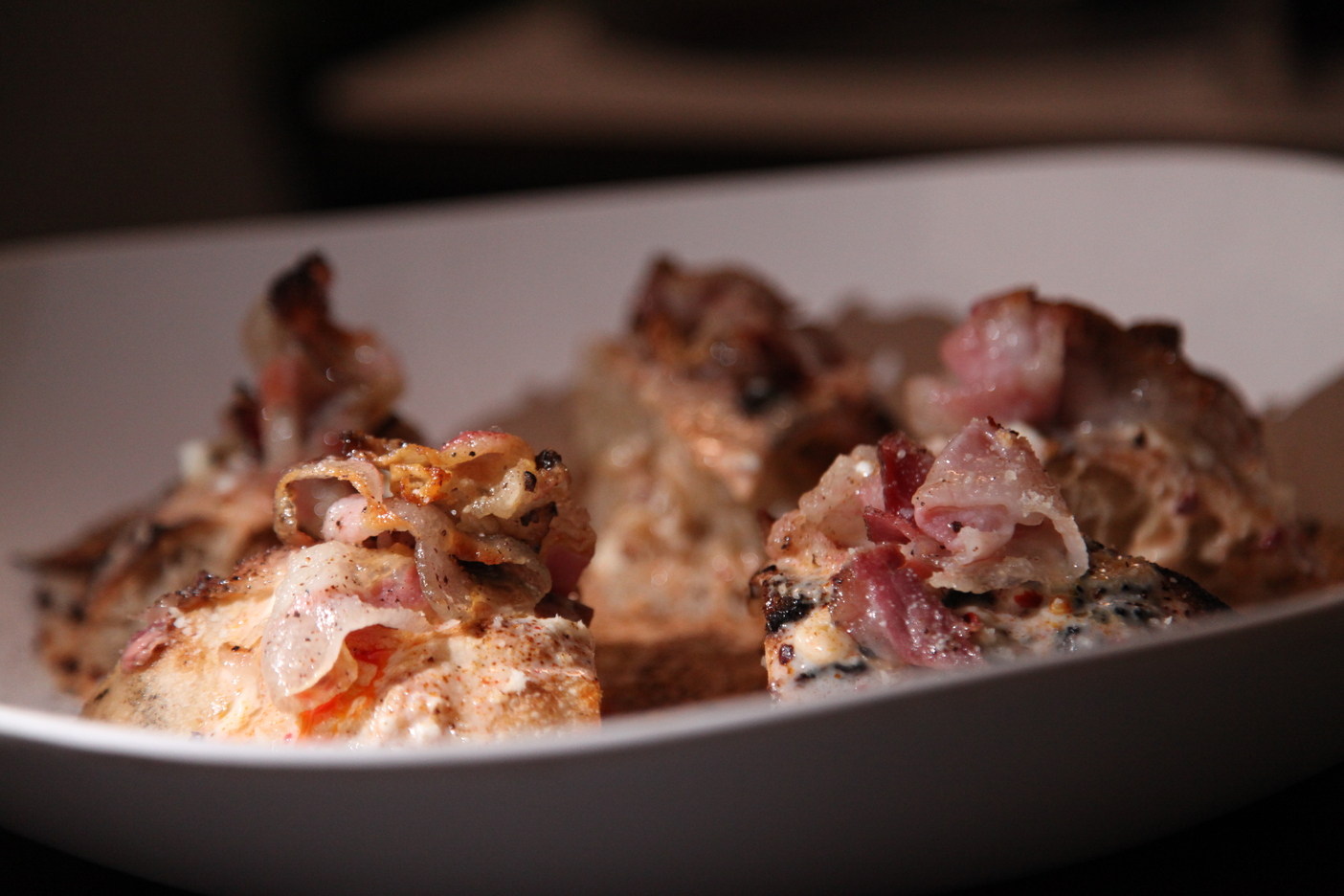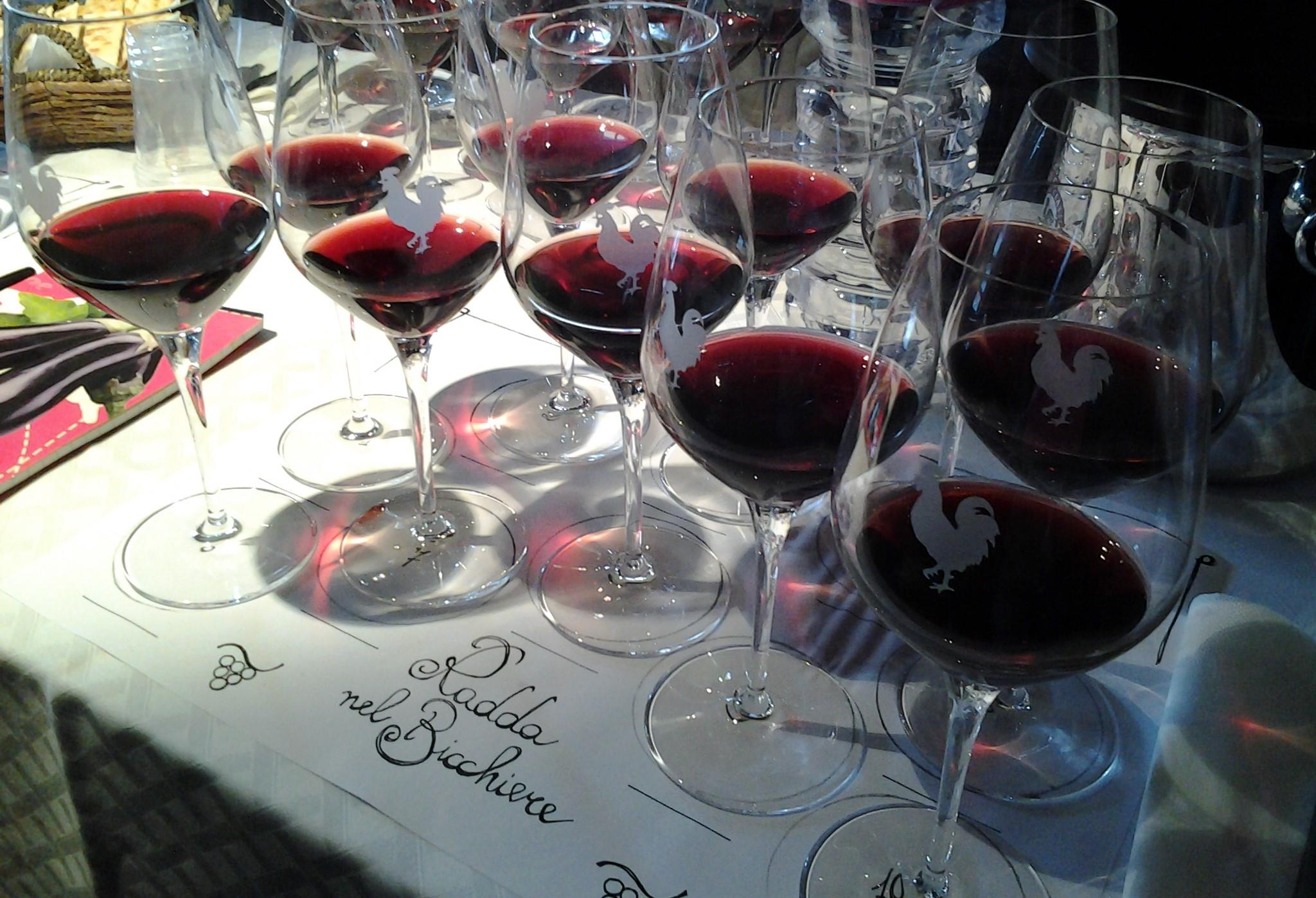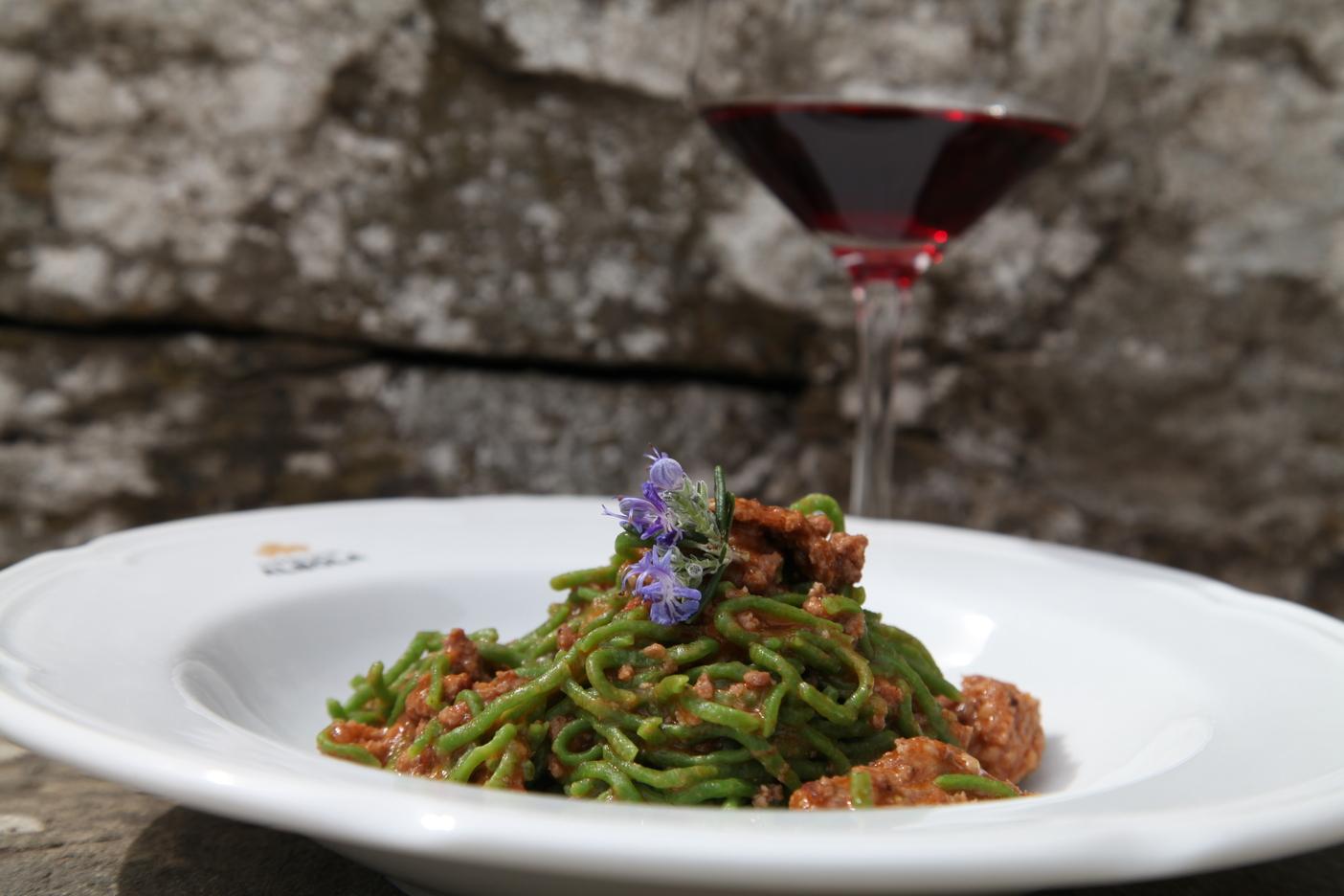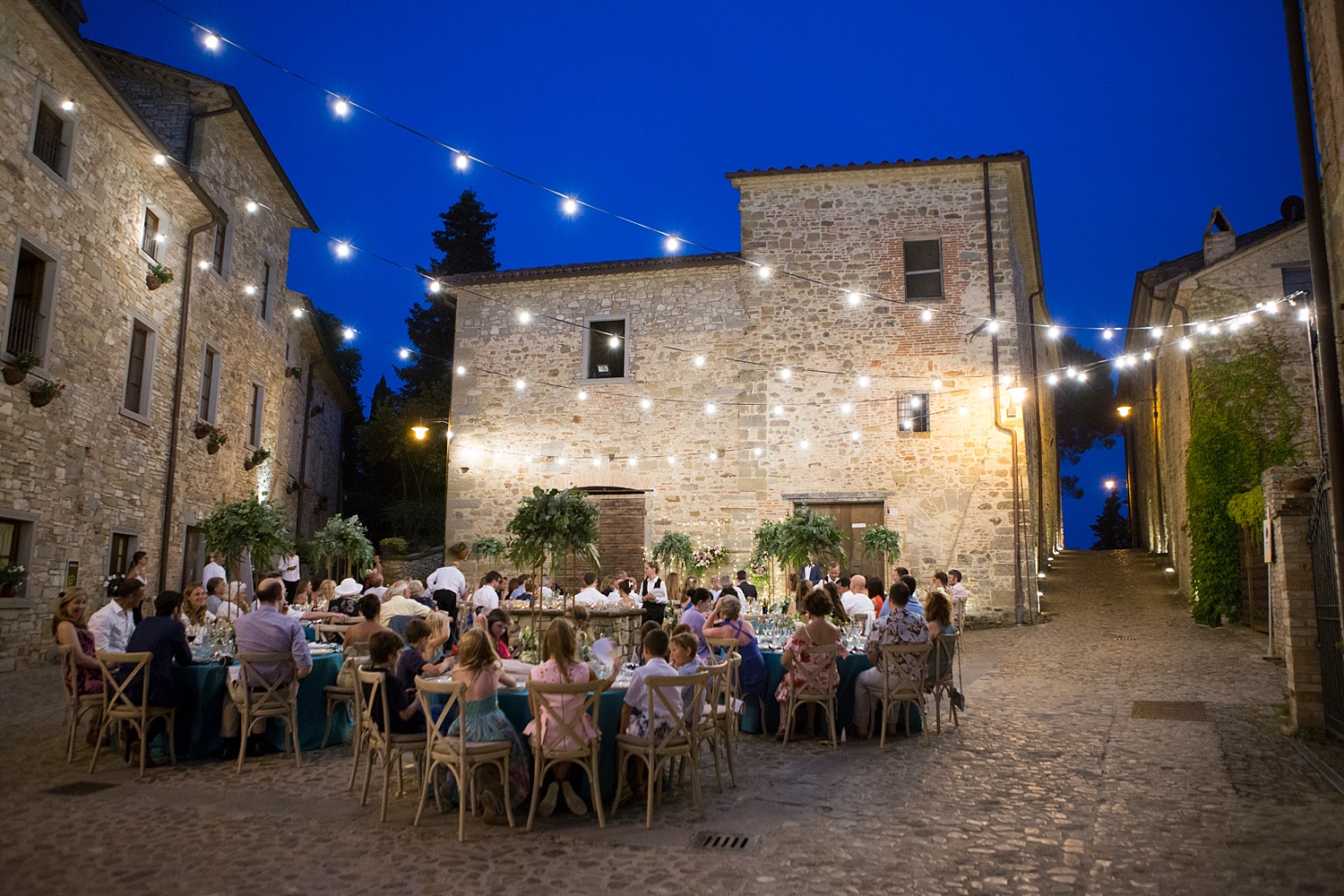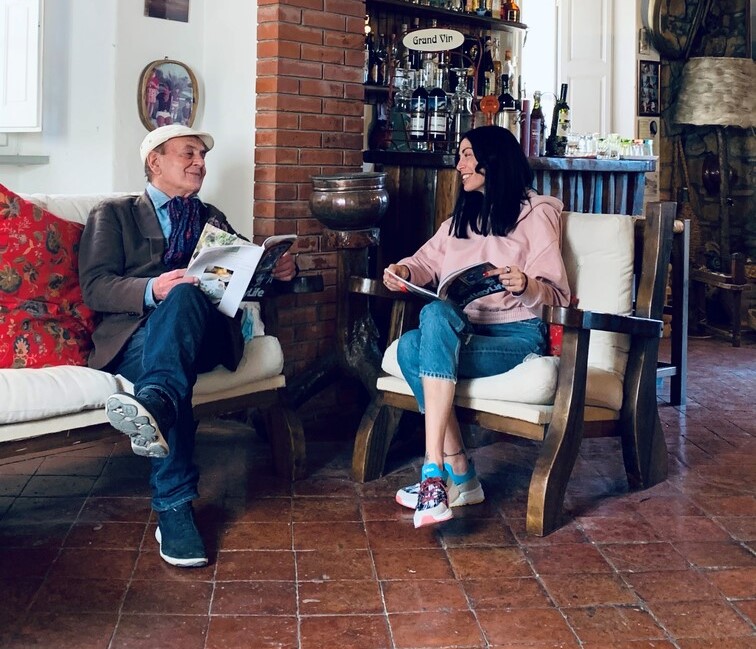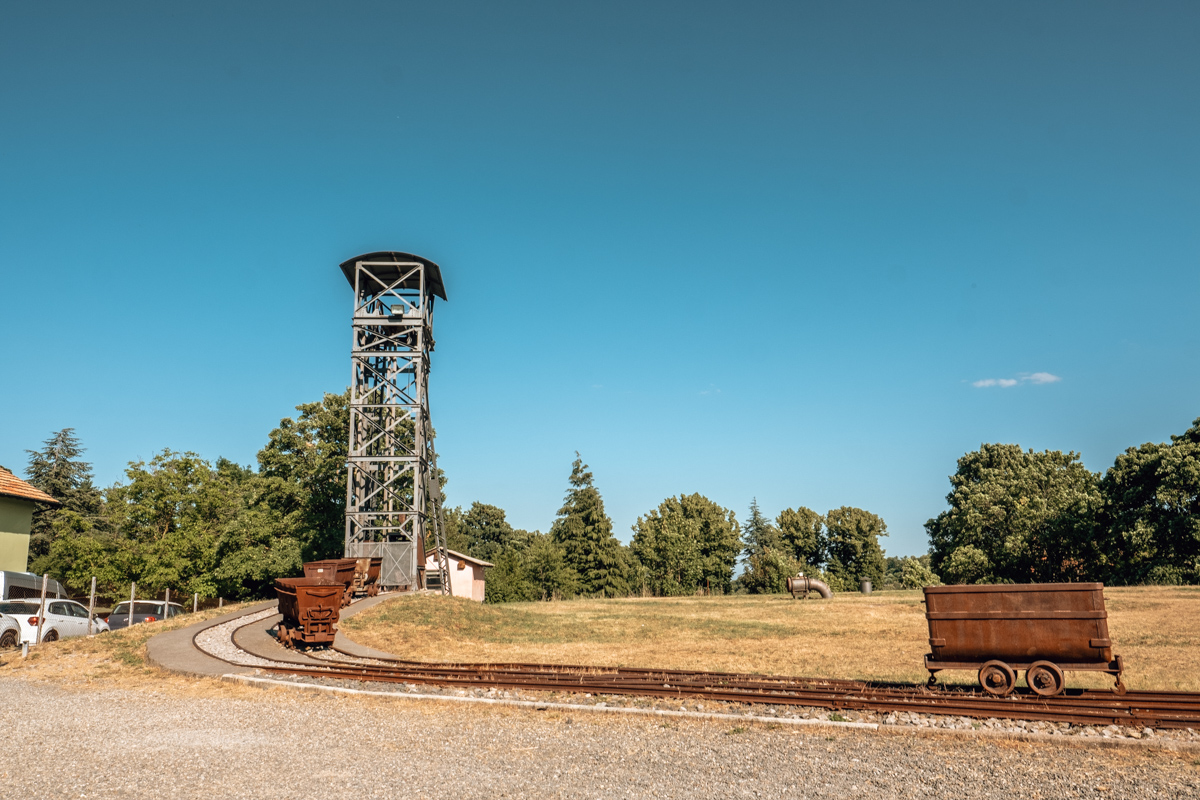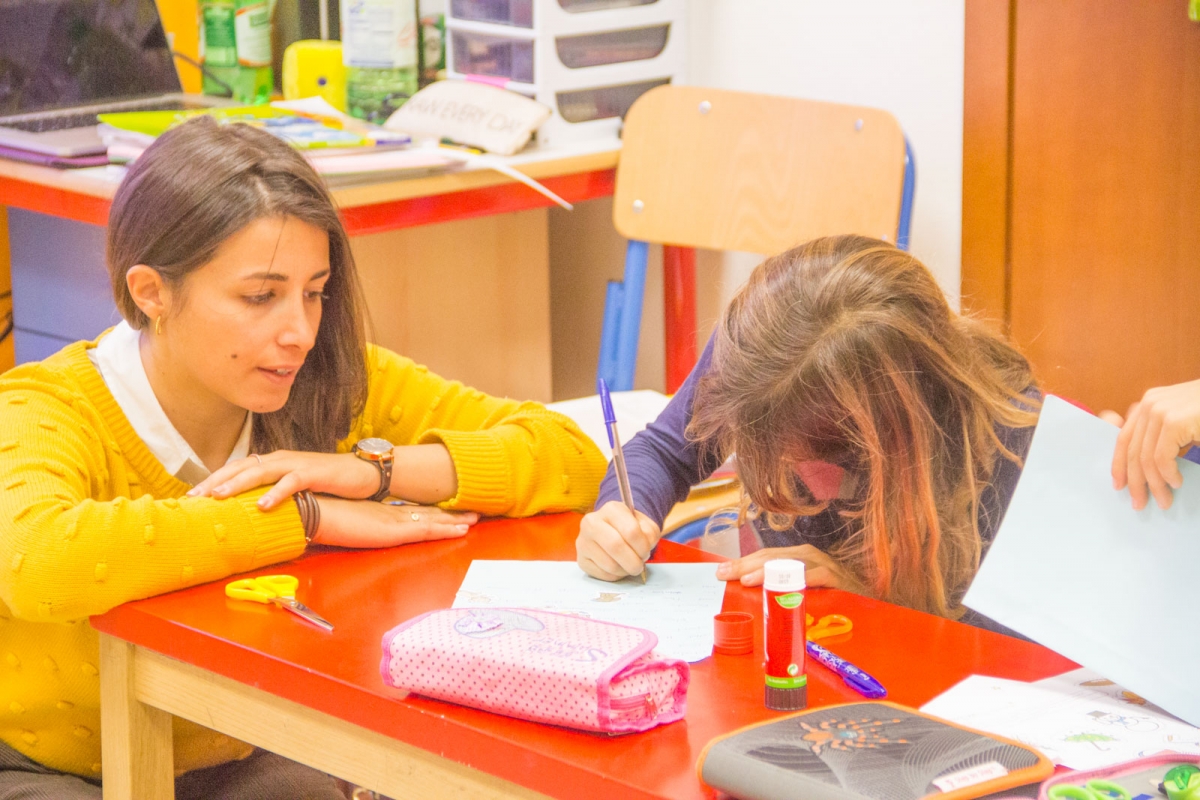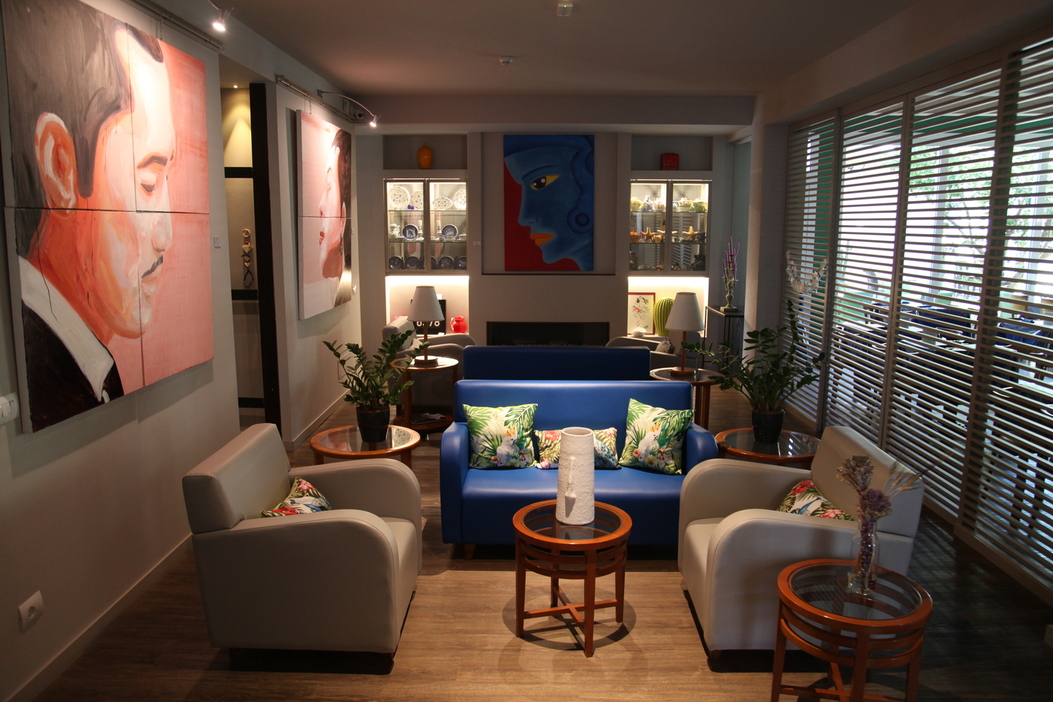In the splendid residence of the Podere ‘La Stanghetta’, surrounded by cypresses and dotted with multiple points of colour of many essences in bloom, in this locus amoenus that is an oasis of peace, we meet Stefania Gornati and Claudio Gori who introduce us to the secrets of plant cultivation and extraction of essential oils – absolute protagonists of an interesting cosmetic line of which we speak. Let’s get to know them.
read more >Tag: Tuscany
The association was established in 2022 and already includes nine DOP and IGP products: Castagna del Monte Amiata IGP, Fagiolo di Sorana IGP, Farro della Garfagnana IGP, Marrone del Mugello IGP, Mortadella di Prato IGP, Pane Toscano DOP, Pecorino delle Balze Volterrane DOP, Olio di Seggiano DOP and Olio Terre di Siena DOP.
read more >“I am strongly convinced of the need to support and promote new ways of using the sea – continues Nappi – especially when these are focused on environmental sustainability. Since my establishment we are constantly confronted with the operators of the fishing sector and we are carrying out a fruitful cooperation between the seafaring, the culture and the traditions of the territory. For me, all this means encouraging the development and economic growth of both the fishing sector and all related industries “.
read more >The Club Il Principe disco has had a facelift since and there are now two rooms. The restaurant is open for two Fridays a month and every Saturday.
read more >But let’s get to the tasting that was dedicated to us: we start with the curious, opulent, speciality of the pizzeria, that “Scarpetta” which refers to the same all-Italian custom, made with ‘Authentic Integrated Grinding Flour’ from the famous mill mentioned above .. Our ‘scarpetta’ (small shoe) is with “Pecorino fondue, nduja, crispy bacon and pepper powder” and is an extra-menu, recurring in the restaurant that follows the best of the market. Large and baroque alveolation, it seems that it opens and closes like an accordion, perfectly absorbing the ‘sauce’.
read more >In fact, history and tradition have been intertwined since the times of the ancient fair promoted by the meritorious Lega del Chianti …
read more >We meet the Milanese chef – but Tuscan by adoption – Alessandro Chiesa, while he’s baking strictly homemade bread in a wood oven: he has been at the reins of the brigade for a year now… – being in a castle let’s say “at the reins of his kitchen garrison!”
read more >In the mind of every bride or in the imagination of every couple who intends to announce and seal its (hopefully) eternal union, there is a unique marriage, unrepeatable and never equal to others.
read more >In a recent edition of Valley Life (n. 163, spring 2021) we had already told the passionate historical-documentary research of Umberto Pippolini on Francesco di Bernardone, better known as “Saint Francis of Assisi”. The exciting research of Umberto – esteemed professional and inexhaustible creative – ended with the release of the text, already available in the bookstore: “Il Mio San Francesco di Assisi – Alla ricerca della sua unica e vera immagine”.
read more >The atmosphere is familiar and informal, but also extremely elegant: the beautiful veranda on the course of Sansepolcro during the Christmas holidays is adorned with lights, the atmosphere is even warmer, there is the desire to take a break from the working rhythms and enjoy a typical Tuscan appetizer, a good wine, a cut juniper and rosemary… But also a cod and shrimp difficult to find in the other restaurants in the area, because the cook Nicoleta has a great skill in cooking fish and in combining its flavors with those of the Tuscan tradition.
read more >The visit to the Abbadia San Salvatore Mining Museum Park is structured in three parts, each one fascinating. The first is represented by the multimedia museum The ‘Geography of Mercury’, where, like a script, everything revolves around this metal element and immerses the viewer in the narrative of mining life: the myth, the territory, the work, the men and the material constitute the chapters of the story; multimedia technologies take the visitor on a fascinating journey: “there are numerous mining parks ̶̶ explains Massimo Sabatini, president of the Terre di Toscana Consortium ̶̶ but very few focused on mercury and it is no coincidence that we are twinned with Idrija in Slovenia and Almadén in Spain which, together with Abbadia, formed the three main poles of mercury production in Europe. In the museum you will find films, videos and oral testimonies of those who spent their lives in mining.”
read more >In 2001, after years of experience, Patricia brought her innovative idea of education to the Val d’Orcia, with the motto of ‘have fun learning’. The classrooms are colourful and welcoming. Entering them one gets the impression of belonging to a large family.
read more >A historic and ground-breaking Riviera hotel, the Lucerna was founded in Castiglione della Pescaia in 1958 by Nello Raffi, Laura’s grandfather. In the same year, just think, that the famous Riva del Sole hotel opened. It was in 1972 that her parents Gino and Brunella started working so much there that the young Laura spent her youth here, breathing the air and life of the hotel in the management work as well as in the extraordinary ambience of encounters and acquaintances with the legendary characters of the time.
read more >The great knowledge of traditional products and old-fashioned recipes here offers unique dishes with true flavours that enrich the menu with originality and refinement. All raw ingredients used are carefully chosen and selected with attention to their source of origin ̶ in the first place the succulent Chianina meat which, depending on the season, is accompanied by very high quality ‘side dishes’ such as porcini mushrooms and local truffles.
read more >“The Castiglionesi Trails are about 100 kilometres of paths in the depths of nature that connect the coastal area with the Castiglionese hinterland ̶ explains Enzo Riemma, president of the Maremma Experience Consortium ̶ making use of bike professionals, our associates, and folk from the Associazione Albero delle Idee who have been engaged in these activities since since 2013 in collaboration with the municipal administration we believe we can make these routes more usable for cycling tourism lovers.”
read more >The format and concept of Casina Kitch is that of a gourmet Hamburger joint: high-level hamburgers starting from a personalized bun recipe, with local low-food-miles products ̶ an effort that Gabriele takes care of personally and daily: “I designed the place without ever thinking of having a freezer”, he tells us as he employs an uncompromising express cooking concept.
read more >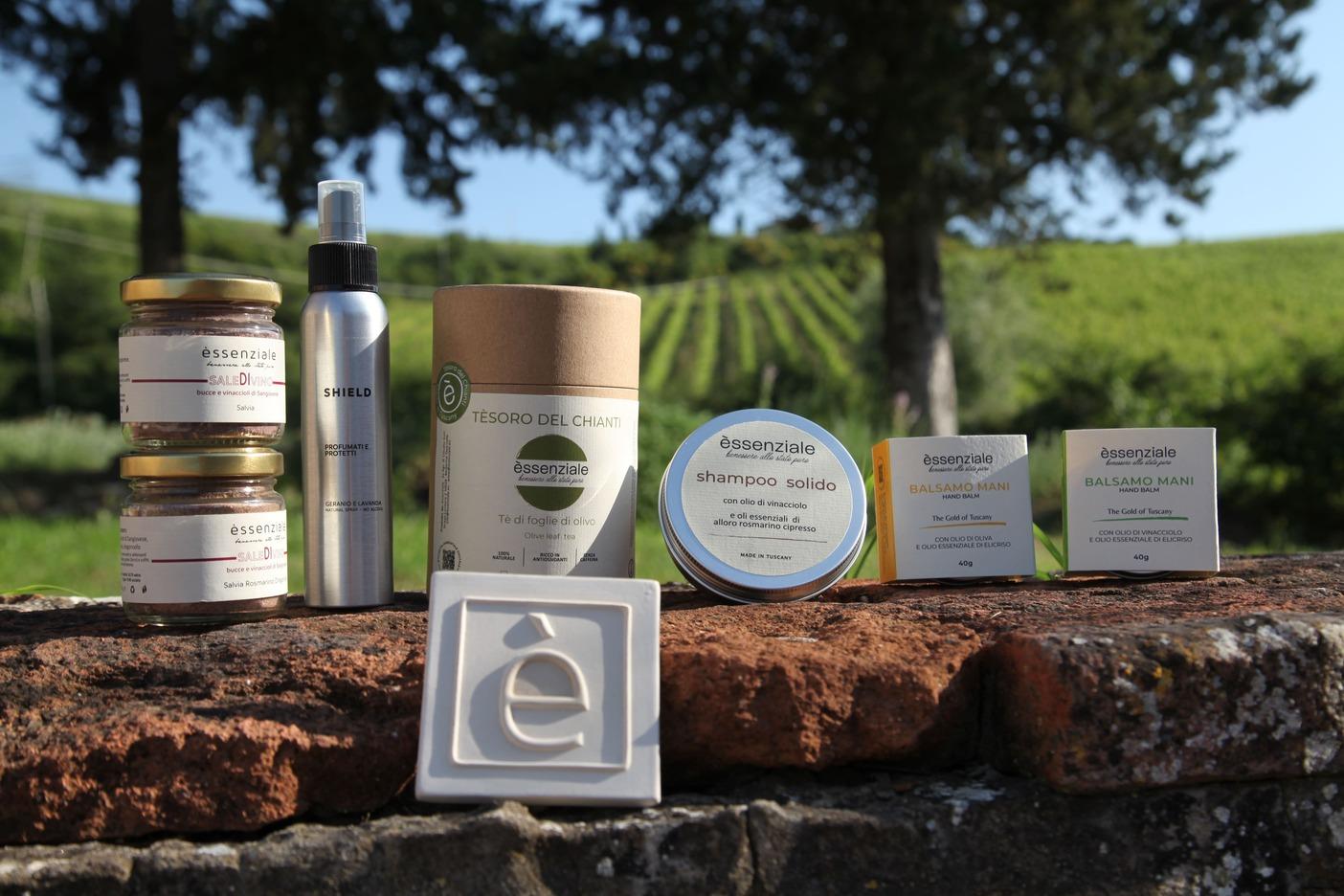
![The ‘Quore’ [play on Cuore, ‘heart’] of Tuscany](https://www.valleylife.it/wp-content/uploads/2023/03/d-2.jpg)
